July 1 stands as one of history’s most eventful days, witnessing the rise and fall of empires, groundbreaking discoveries, and moments that shaped our modern world across centuries of human achievement.

Politics and Government Events on July 1
1997 – China Resumes Sovereignty Over Hong Kong

China officially resumed sovereignty over Hong Kong, ending 156 years of British colonial rule. The handover ceremony brought together world leaders including British Prime Minister Tony Blair, Prince Charles, Chinese President Jiang Zemin, and U.S. Secretary of State Madeleine Albright.
This historic transfer marked the beginning of the “One Country, Two Systems” framework. The event represented one of the most significant peaceful transitions of territory in modern diplomatic history.
1948 – Warsaw Pact Officially Dissolved
The Warsaw Pact was officially dissolved at a meeting in Prague, marking the end of the Soviet-led military alliance. This dissolution represented a crucial milestone in the conclusion of the Cold War era.
The treaty’s termination eliminated the last major institutional barrier between East and West. European nations could now pursue independent foreign policies without Soviet military oversight.
1960 – Ghana Becomes a Republic
Ghana transformed from a British dominion into a republic with Kwame Nkrumah as its first President. Queen Elizabeth II ceased to be the head of state as Ghana embraced full sovereignty.
This transition represented a significant step in African decolonization movements. Ghana’s republican status inspired other African nations pursuing independence from European colonial powers.
1962 – Rwanda and Burundi Gain Independence
Rwanda and Burundi simultaneously achieved independence from Belgian colonial rule. Both nations emerged as sovereign states after decades of European administration in Central Africa.
The dual independence marked the end of Belgian trusteeship over these territories. These newly formed nations faced immediate challenges in establishing stable governmental institutions and national identities.
1917 – Chinese General Zhang Xun Restores Monarchy

Chinese General Zhang Xun seized control of Beijing and restored the monarchy by installing Puyi, the last Qing emperor, to the throne. This dramatic political reversal shocked the young Chinese Republic.
Republican forces regained control of the capital within two weeks. The brief restoration attempt highlighted the political instability plaguing China during this transitional period.
1921 – Chinese Communist Party Founded
Chen Duxiu and Li Dazhao founded the Chinese Communist Party with assistance from Russian Bolsheviks. The Far Eastern Bureau provided crucial support for establishing this revolutionary organization.
The party’s formation would eventually transform China’s political landscape. This small gathering of intellectuals initiated a movement that would reshape the world’s most populous nation.
1963 – ZIP Codes Introduced in United States
The United States Postal Service introduced ZIP codes to improve mail delivery efficiency nationwide. This five-digit system revolutionized postal operations across America.
The new coding system dramatically reduced sorting time and delivery errors. ZIP codes became an integral part of American addresses and business operations.
1979 – Sony Introduces the Walkman
Sony revolutionized personal entertainment by launching the Walkman portable cassette player. This innovative device allowed people to enjoy music privately while remaining mobile.
The Walkman created an entirely new market for portable audio devices. Sony’s innovation fundamentally changed how people consumed music and entertainment content.
Military and Naval History on July 1
1916 – First Day of the Battle of the Somme
The Battle of the Somme began with catastrophic losses for British forces on its opening day. Over 19,000 British soldiers died and 40,000 were wounded in this devastating World War I offensive.
The battle represented one of the bloodiest single days in British military history. Despite massive casualties, the offensive continued for months with minimal territorial gains.
1915 – First Aerial Victory with Synchronized Machine Gun
German Leutnant Kurt Wintgens achieved the first known aerial victory using a synchronized machine-gun armed fighter plane. His Fokker M.5K/MG Eindecker marked a revolutionary advancement in aerial warfare.
This technological breakthrough gave German pilots significant advantages in air combat. The synchronized firing mechanism allowed bullets to pass between propeller blades without damaging the aircraft.
1942 – First Battle of El Alamein Begins
World War II’s First Battle of El Alamein commenced in the Egyptian desert. British and Commonwealth forces engaged German Afrika Korps troops in this crucial North African campaign.
The battle would prove decisive in preventing Axis forces from reaching the Suez Canal. This engagement marked the beginning of the end for German ambitions in North Africa.
1917 – Russia Launches Final Offensive Against Austria-Hungary
Russia launched its final major offensive against Austria-Hungary to capture Galicia during World War I. This military operation represented Russia’s last significant combat effort before revolutionary chaos consumed the nation.
The offensive aimed to capture strategic Austrian territory in Eastern Europe. Russia’s military collapse soon after demonstrated the empire’s complete exhaustion from prolonged warfare.
1911 – Germany Dispatches Gunboat to Morocco
Germany dispatched the gunboat SMS Panther to Morocco, sparking the Agadir Crisis. This provocative naval deployment escalated tensions between European powers over colonial interests in North Africa.
The crisis nearly triggered a European war six years before World War I. Diplomatic negotiations eventually resolved the standoff, but trust between nations remained severely damaged.
Science and Discovery Milestones on July 1
1957 – International Geophysical Year Begins
The International Geophysical Year officially commenced, launching unprecedented global scientific cooperation. Researchers from 67 countries coordinated studies of Earth’s physical properties and space environment.
This collaborative effort advanced understanding of polar regions, oceanography, and atmospheric science. The program’s success demonstrated the value of international scientific partnerships.
1946 – Crossroads Able Nuclear Test

The United States conducted Crossroads Able, the first postwar nuclear weapon test in the Pacific. This atmospheric detonation marked the beginning of extensive atomic testing programs.
The test demonstrated nuclear weapons’ devastating effects on naval vessels. Scientific data gathered influenced military strategy and nuclear weapons development for decades.
2004 – Cassini-Huygens Saturn Orbit Insertion

The Cassini-Huygens spacecraft successfully entered Saturn’s orbit after a seven-year journey through space. This complex orbital insertion maneuver began at 01:12 UTC and concluded at 02:48 UTC.
The mission provided unprecedented insights into Saturn’s rings, moons, and atmospheric composition. Cassini’s discoveries revolutionized understanding of the outer solar system.
1959 – International Measurement Standards Adopted

Specific values for the international yard, avoirdupois pound, and derived units were officially adopted. The United States, United Kingdom, and Commonwealth countries agreed on standardized measurements.
This agreement eliminated confusion between different national measurement systems. International commerce and scientific research benefited from unified standards.
1968 – Nuclear Non-Proliferation Treaty Signed
The Treaty on the Non-Proliferation of Nuclear Weapons was signed simultaneously in Washington D.C., London, and Moscow. Sixty-two countries committed to preventing nuclear weapons spread.
This landmark agreement established frameworks for peaceful nuclear technology sharing. The treaty remains a cornerstone of international nuclear security efforts.
Cultural and Arts Events on July 1
1966 – First Color Television Transmission in Canada
Canada’s first color television transmission originated from Toronto, revolutionizing Canadian broadcasting. This technological advancement brought vibrant programming to Canadian households.
The transition from black-and-white to color television transformed entertainment consumption. Canadian broadcasters could now compete with American networks offering color programming.
1984 – PG-13 Movie Rating Introduced
The Motion Picture Association of America introduced the PG-13 rating system for films. This new classification provided guidance for parents about content suitable for teenagers.
The rating filled a gap between PG and R classifications. Hollywood studios gained more flexibility in creating content for adolescent audiences.
1932 – Australian Broadcasting Corporation Formed
Australia established its national broadcaster, the Australian Broadcasting Corporation, as an independent media organization. The ABC began providing radio services to remote Australian communities.
This public broadcasting service enhanced cultural unity across Australia’s vast territory. The ABC became a trusted source of news and entertainment for generations of Australians.
1987 – WFAN Launches as First All-Sports Radio Station
New York City’s WFAN launched as the world’s first all-sports radio station. This innovative programming format revolutionized sports broadcasting and fan engagement.
The station’s success inspired similar formats across America and internationally. Sports talk radio became a dominant force in American media landscapes.
Religious and Social Events on July 1
1901 – French Anti-Clerical Legislation Enacted
The French government enacted the Law of Association, prohibiting formation of new monastic orders without governmental approval. This anti-clerical legislation reflected growing tensions between church and state.
The law significantly reduced religious orders’ influence in French society. Republican politicians sought to limit Catholic Church power over education and social services.
1972 – First Gay Pride March in England
England’s first Gay Pride march took place, marking a significant milestone in LGBTQ+ rights activism. This public demonstration challenged societal discrimination and demanded equal treatment.
The march inspired similar events across the United Kingdom and Europe. LGBTQ+ visibility increased as communities organized for civil rights and social acceptance.
2003 – Hong Kong Anti-Sedition Protests
Over 500,000 people protested in Hong Kong against proposed anti-sedition legislation. This massive demonstration reflected concerns about freedom of speech and political autonomy.
The protests forced the Hong Kong government to withdraw the controversial legislation. This event demonstrated the strength of Hong Kong’s democratic movement.
1968 – CIA Phoenix Program Established
The United States Central Intelligence Agency officially established the Phoenix Program during the Vietnam War. This controversial counterinsurgency operation targeted suspected Viet Cong supporters.
The program generated significant ethical debates about intelligence operations. Phoenix activities influenced American military strategy throughout the Vietnam conflict.
Business and Economic Events on July 1
1931 – United Airlines Begins Service
United Airlines commenced operations as Boeing Air Transport, launching commercial aviation service in America. This airline helped establish regular passenger flight schedules across the continent.
The company’s formation contributed to America’s transportation revolution. Commercial aviation gradually replaced trains and ships for long-distance travel.
1947 – German Economic Unification

East Germany accepted the Deutsche Mark as its official currency, uniting German economies before political reunification. This monetary union represented a crucial step toward German unification.
The economic integration eliminated currency barriers between East and West Germany. Citizens could now trade freely across former Cold War boundaries.
1942 – Australia Consolidates Income Tax Collection
The Australian Federal Government became the sole collector of income tax as state income taxes were abolished. This centralization streamlined tax collection and administration.
Federal control over taxation increased the national government’s fiscal power. States relied more heavily on federal funding for essential services.
1922 – Great Railroad Strike Begins

The Great Railroad Strike of 1922 commenced across the United States, disrupting transportation nationwide. Railroad workers demanded better wages and working conditions.
The strike highlighted labor tensions in America’s transportation industry. Government intervention eventually resolved the dispute through negotiated settlements.
Transportation and Infrastructure on July 1
1931 – First Single-Engine Global Circumnavigation
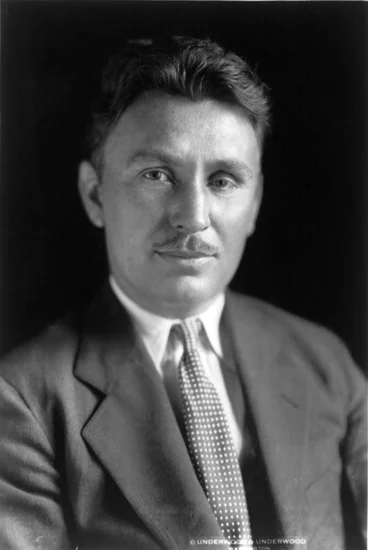
Wiley Post and Harold Gatty completed the first circumnavigation of the globe in a single-engined monoplane aircraft. Their achievement demonstrated advances in aviation technology and navigation.
The flight proved that small aircraft could undertake long-distance journeys. This accomplishment inspired commercial aviation development and global air travel.
1958 – Saint Lawrence Seaway Flooding Begins
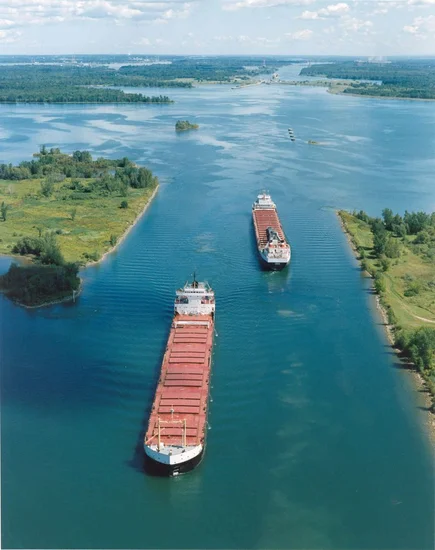
Flooding of Canada’s Saint Lawrence Seaway commenced, creating a crucial shipping route between the Atlantic Ocean and Great Lakes. This massive engineering project transformed North American commerce.
The seaway enabled large ships to reach ports deep within the continent. International trade expanded as shipping costs decreased dramatically.
2006 – Qinghai-Tibet Railway Opens
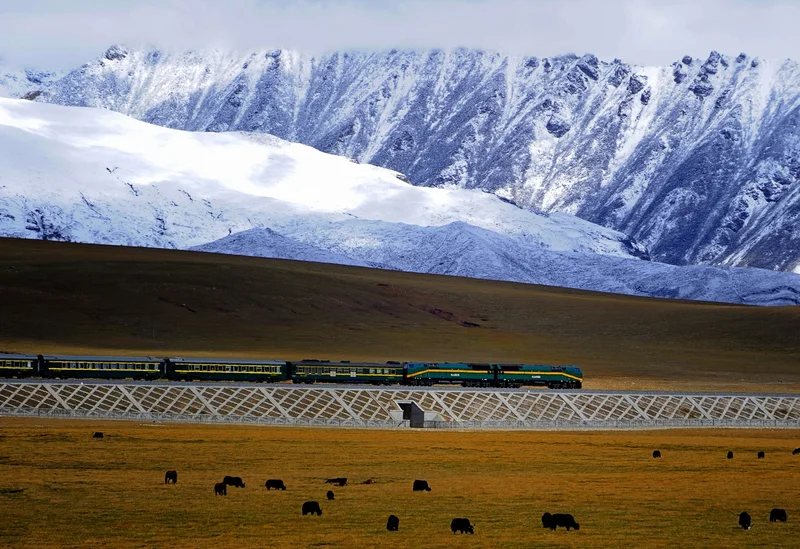
China’s Qinghai-Tibet Railway began operations, connecting Tibet to the rest of China via the world’s highest railway. This engineering marvel crossed some of Earth’s most challenging terrain.
The railway enhanced economic development in Tibet while raising concerns about cultural preservation. The line demonstrated China’s engineering capabilities in extreme environments.
1958 – Canadian Television Network Completed
The Canadian Broadcasting Corporation linked television broadcasting across Canada via microwave transmission. This technological achievement connected remote Canadian communities to national programming.
The network reduced cultural isolation in Canada’s vast territories. Canadians could now share common viewing experiences regardless of geographic location.
Sports and Recreation on July 1
1903 – First Tour de France Bicycle Race
The inaugural Tour de France bicycle race began, establishing what would become cycling’s most prestigious competition. This grueling multi-stage race tested riders’ endurance across French countryside.
The event captured public imagination and promoted cycling as both sport and recreation. The Tour de France became an annual tradition attracting international competitors.
1924 – Newfoundland War Memorial Inaugurated

Field Marshal Douglas Haig inaugurated the National War Memorial for the Dominion of Newfoundland in St. John’s. The memorial commemorated the Royal Newfoundland Regiment’s sacrifice at Beaumont-Hamel.
The date honored the first day of the Battle of the Somme, where 86 percent of the regiment was casualties. This memorial became a focal point for Newfoundland’s remembrance traditions.
1915 – Regina Police Ambush Strikers
Regina police and Royal Canadian Mounted Police ambushed strikers participating in the On-to-Ottawa Trek. This violent confrontation highlighted tensions between workers and government authorities.
The incident demonstrated growing labor unrest during Canada’s economic difficulties. Government response to peaceful protest raised questions about civil liberties.
1908 – SOS Adopted as International Distress Signal
SOS was officially adopted as the international distress signal for maritime emergencies. This standardized signal improved rescue coordination across global shipping lanes.
The simple Morse code pattern could be easily transmitted and recognized. SOS became universally recognized as an urgent call for assistance.
Notable Births on July 1
1961 – Diana, Princess of Wales Born
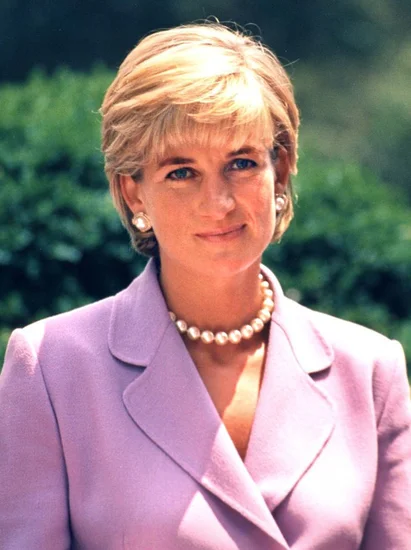
Diana Frances Spencer entered the world at Park House on the Sandringham estate. Her aristocratic upbringing prepared her for a life of public service and royal duties.
Diana would later become one of the most beloved figures in British royal history. Her compassionate nature and charitable work earned worldwide admiration and affection.
1916 – Olivia de Havilland Born

British-American actress Olivia de Havilland was born in Tokyo to British parents. Her family moved to California, where she discovered her passion for theater and film.
De Havilland would become a legendary Hollywood actress, winning two Academy Awards. Her legal battle against studio contracts helped establish actors’ rights in the entertainment industry.
1961 – Carl Lewis Born

American track and field athlete Carl Lewis was born in Birmingham, Alabama. His athletic prowess became evident during his high school years in New Jersey.
Lewis would dominate sprinting and long jump events for over a decade. His nine Olympic gold medals established him as one of history’s greatest track and field athletes.
1927 – Chandra Shekhar Born
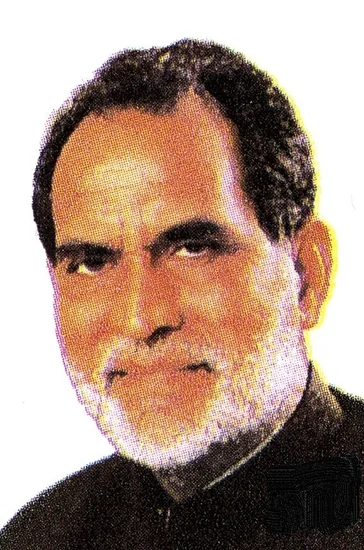
Future Indian Prime Minister Chandra Shekhar was born in Ibrahimpur, Uttar Pradesh. His early involvement in student politics shaped his lifelong commitment to public service.
Shekhar would serve as India’s eighth Prime Minister during a crucial period. His political career spanned decades of Indian democratic development and social reform.
1971 – Missy Elliott Born

American rapper, producer, and actress Missy Elliott was born in Portsmouth, Virginia. Her innovative approach to hip-hop music and video production would revolutionize the industry.
Elliott’s creative genius earned her multiple Grammy Awards and industry recognition. Her influence on hip-hop culture and women’s empowerment resonated globally.
1967 – Pamela Anderson Born

Canadian-American model and actress Pamela Anderson was born in Ladysmith, British Columbia. Her rise to fame began with modeling opportunities in Vancouver.
Anderson became an international icon through television and film appearances. Her advocacy for animal rights and environmental causes demonstrated her commitment to social issues.
1951 – Dan Aykroyd Born

Canadian actor, comedian, and screenwriter Dan Aykroyd was born in Ottawa, Ontario. His comedic talents emerged during his university years and early television work.
Aykroyd would become a founding member of the original Saturday Night Live cast. His film career included memorable roles in comedy classics and successful screenwriting ventures.
Notable Deaths on July 1
2004 – Marlon Brando Dies
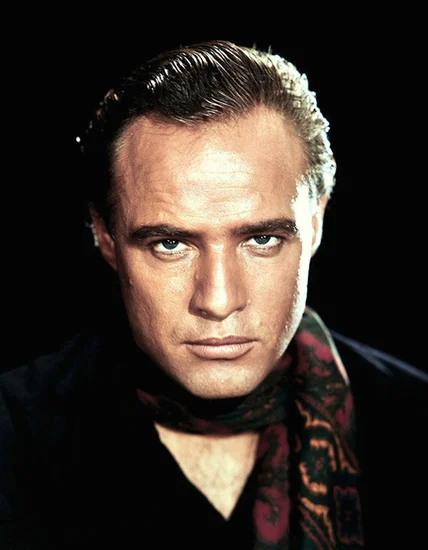
Legendary American actor Marlon Brando died at age 80 in Los Angeles. His revolutionary acting technique transformed cinema and influenced generations of performers.
Brando’s performances in “A Streetcar Named Desire” and “The Godfather” remain cinematic landmarks. His method acting approach changed how actors approached their craft professionally.
1974 – Juan Perón Dies

Argentine general and three-time President Juan Perón died at age 78 in Buenos Aires. His political movement, Peronism, fundamentally shaped Argentine politics for decades.
Perón’s legacy included social reforms and economic nationalism that influenced Latin American politics. His death marked the end of an era in Argentine political history.
1997 – Robert Mitchum Dies

American actor Robert Mitchum died at age 79 in Santa Barbara, California. His distinctive screen presence and laid-back acting style made him a Hollywood icon.
Mitchum’s career spanned film noir classics and diverse dramatic roles. His performances in “The Night of the Hunter” and “Out of the Past” remain influential.
2000 – Walter Matthau Dies

American actor Walter Matthau died at age 79 in Santa Monica, California. His comedic partnership with Jack Lemmon created some of cinema’s most beloved buddy films.
Matthau’s performances in “The Odd Couple” and “Grumpy Old Men” showcased his comedic genius. His distinctive voice and expressive face made him instantly recognizable.
1991 – Michael Landon Dies
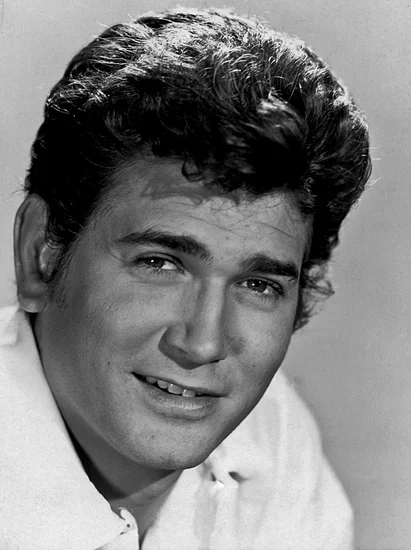
American actor, director, and producer Michael Landon died at age 54 from pancreatic cancer. His wholesome television dramas touched millions of viewers worldwide.
Landon’s work on “Little House on the Prairie” and “Highway to Heaven” promoted family values. His behind-the-camera contributions helped shape American television programming.
2005 – Luther Vandross Dies

American singer-songwriter Luther Vandross died at age 54 following complications from a stroke. His smooth R&B vocals and romantic ballads defined contemporary soul music.
Vandross won eight Grammy Awards and influenced countless R&B artists. His sophisticated approach to love songs earned him the title “The Velvet Voice.”
1925 – Erik Satie Dies

French composer Erik Satie died at age 59 in Paris. His minimalist compositions and eccentric personality influenced modern classical music development.
Satie’s works like “Gymnopédie” challenged traditional musical forms and structures. His experimental approach inspired later composers and avant-garde musical movements.
Holidays and Observances on July 1
Canada Day

Canada Day, formerly known as Dominion Day, celebrates Canadian Confederation in 1867. This national holiday commemorates the union of four provinces into the Dominion of Canada.
Canadians celebrate with fireworks, parades, and outdoor festivals across the country. The holiday strengthens national identity and celebrates Canadian achievements and diversity.
Independence Day (Multiple Nations)
Burundi celebrates its independence from Belgium achieved in 1962. This national holiday honors the country’s sovereignty and cultural heritage.
Citizens participate in patriotic ceremonies and cultural events. The celebration reinforces national unity and remembers the struggle for independence.
Hong Kong Special Administrative Region Establishment Day
Hong Kong commemorates its return to Chinese sovereignty in 1997. This public holiday marks the end of British colonial rule and the beginning of “One Country, Two Systems.”
The observance includes official ceremonies and cultural performances. Hong Kong residents reflect on their unique status within the People’s Republic of China.
Republic Day (Ghana)
Ghana celebrates becoming a republic in 1960 when it ended its status as a British dominion. This national holiday honors Ghanaian independence and self-governance.
The celebration includes state ceremonies and cultural displays. Ghanaians commemorate their nation’s role in African independence movements.
Armed Forces Day (Singapore)
Singapore honors its military personnel and their contributions to national defense. This observance recognizes the Singapore Armed Forces’ role in maintaining security.
Military displays and ceremonies showcase Singapore’s defense capabilities. The holiday strengthens civilian-military relations and promotes national security awareness.
